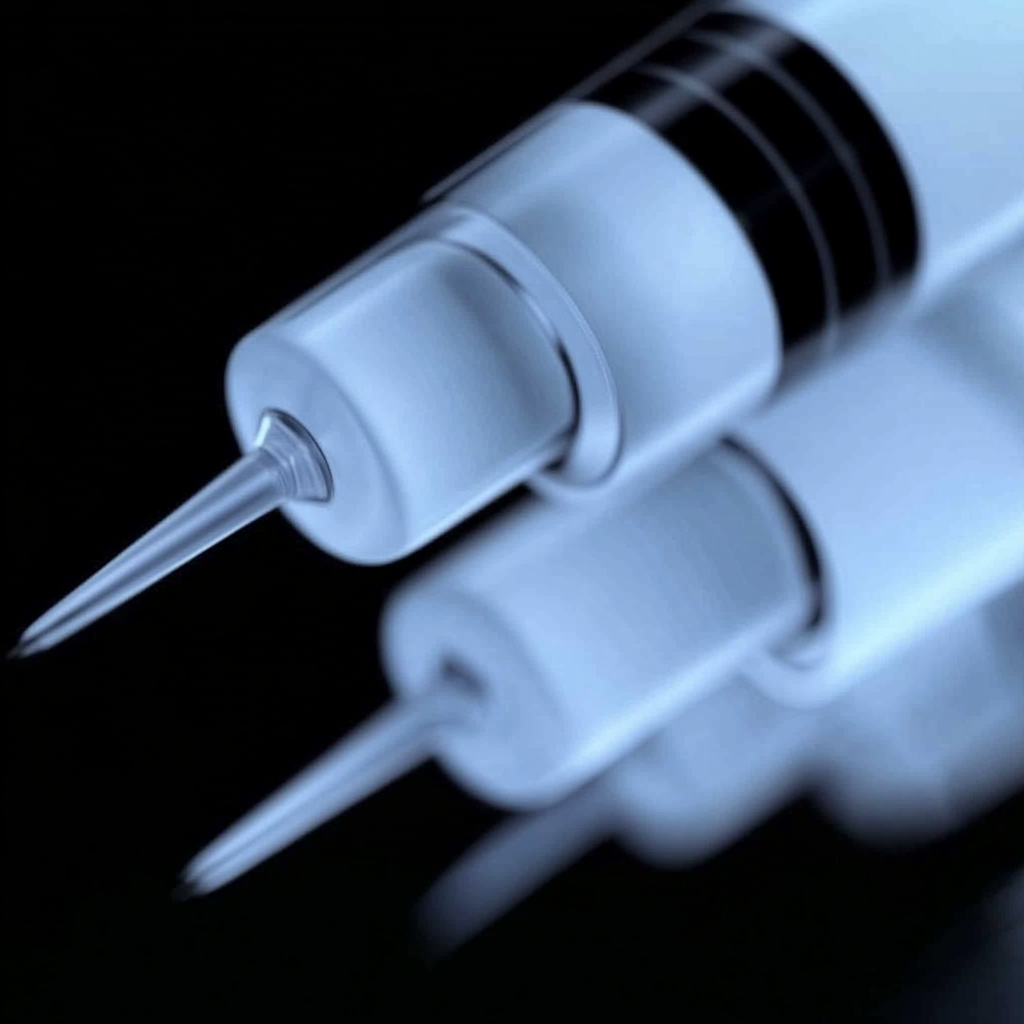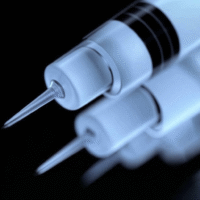Trial Results Explained
This study compared two treatments for knee osteoarthritis (KOA): High-Intensity Laser Therapy (HILT) and Ibuprofen Gel Phonophoresis (IGP). Both treatments helped reduce pain and improve movement, but HILT worked better than IGP.
What Worked?
- High-Intensity Laser Therapy (HILT): This treatment used a strong laser for 15 minutes. It showed more improvement in pain and function than the other method.
- Ibuprofen Gel Phonophoresis (IGP): This treatment used ibuprofen gel for 8 minutes. It also helped with pain but was less effective than HILT.
What Didn’t Work?
- Both treatments helped, but IGP didn’t provide as much improvement as HILT.
How Does This Help Patients and Clinics?
These findings are important because they guide doctors in choosing the best treatment for knee osteoarthritis, especially for patients who live in areas where walking is more challenging.
Real-World Opportunities
- Hospitals can offer HILT as a preferred treatment option for knee osteoarthritis.
- Doctors can educate patients about the benefits of laser therapy.
Measurable Outcomes
Clinics should track the following after using these treatments:
- Patient pain levels (using a simple scale)
- Ability to perform daily activities
- Overall physical health improvements
AI Tools for Support
Doctors can consider using AI tools for:
- Patient management systems to track treatment outcomes
- Data analysis to determine the best treatment options
Step-by-Step Plan for Clinics
- Start Small: Begin by offering HILT to a small group of patients with knee osteoarthritis.
- Gather Feedback: Collect data on pain reduction and improved mobility from these patients.
- Evaluate Results: Compare outcomes of HILT with other treatments used in your clinic.
- Expand Program: If results are positive, gradually increase the number of patients treated with HILT.
Further Information
To learn more about the study, you can visit the clinical trial registry here.





























